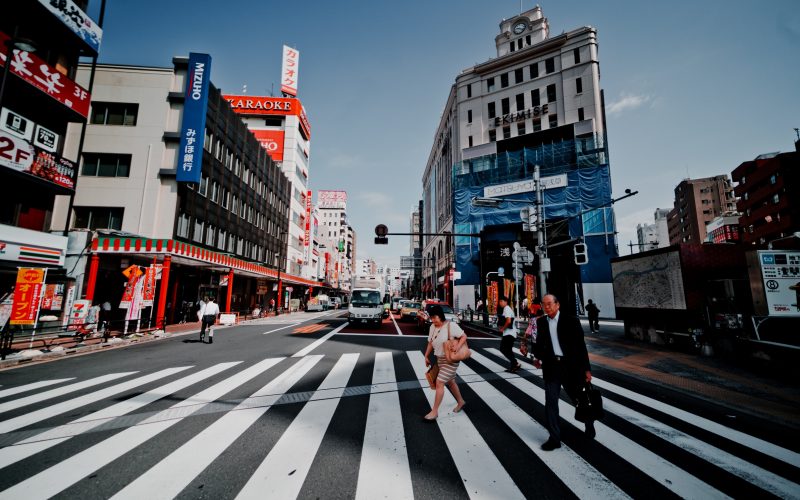When you think of a billboard, what comes to your mind? Typically, a big poster or a collection of posters that alternate, somewhere at the roadside. Well, what about a billboard that counts how many people looked at it? Or provides data about the audience, like gender, age, number? Or even recognizes a specific person and demonstrates the targeted content?
Sounds too futuristic? In fact, these innovations have already been put to life and work for the benefit of businesses that want to provide truly personalized and relevant experience to their potential customers. This is made possible thanks to the face detection technologies, which are primarily used in digital out of home advertising.
The key question that has risen along with the era of facial recognition is whether it will finally put an end to endless irrelevant ad messaging customers are bombarded with daily, or whether it will start an unparalleled privacy intrusion? Since the answer is yet unknown, let us see what possibilities facial detection already gives to the advertisers.
Increase consumer engagement
Cutting through the noise is increasingly becoming a more and more complex task for advertisers, and this task has brought GMC Acadia to start the responsive campaign for its sport utility car in Santa Monica shopping mall. Basically, the digital screens equipped with face recognition cameras were able to identify who was in front of them – man, woman, a group of people, children, and even their face expression – and demonstrated one of 30 responsive videos, targeted for the identified audience. They also featured a number of interactive games to increase the level of engagement.
If you’re concerned about privacy, no photos were made and no detection data was stored.
Take customer loyalty programs to the next level
Experts see facial recognition as a huge leap forward for building brilliant customer loyalty schemes. Companies developing the technology claim they are already working with famous brands who are interested in being able to recognize their loyal customers when they enter a store, so that the sales assistants are alerted and ensure the impeccable service and personalized shopping experience for them.
See how this technology works in the Women’s Aid campaign to fight domestic violence.
The billboard cameras spot the faces of the passers-by, and when they look at the billboard, the bruised women on the screen start to heal. The more lookers – the faster the bruises disappear.
Trigger content when the screen is looked at
The stunt below was staged by juice company J20 to introduce their new drink, Midnight Forest. The wolf was playing a game with the onlookers, crept towards them when they were turned away and would jump out the moment they turned to look at the screen. The shocking effect was supported by the animation and audio.
Definetely, the future of out of home is … digital out of home. The examples above show how much more engaging, attention grabbing and – hopefully – effective advertising can become with facial recognition technologies paired with other smart detection systems. Its price, previously affordable only for companies with huge ad budgets, are about to be acceptable for medium and small businesses in the near future. Numerous laws and regulations are created to protect consumers from the possible dystopian consequences of the ability to recognize the face of each individual (which is quite remote now, though).
So, be sure to follow the trends not to miss on the lifetime opportunity of making your brand messaging more relevant and personalized for each of your potential customers.




